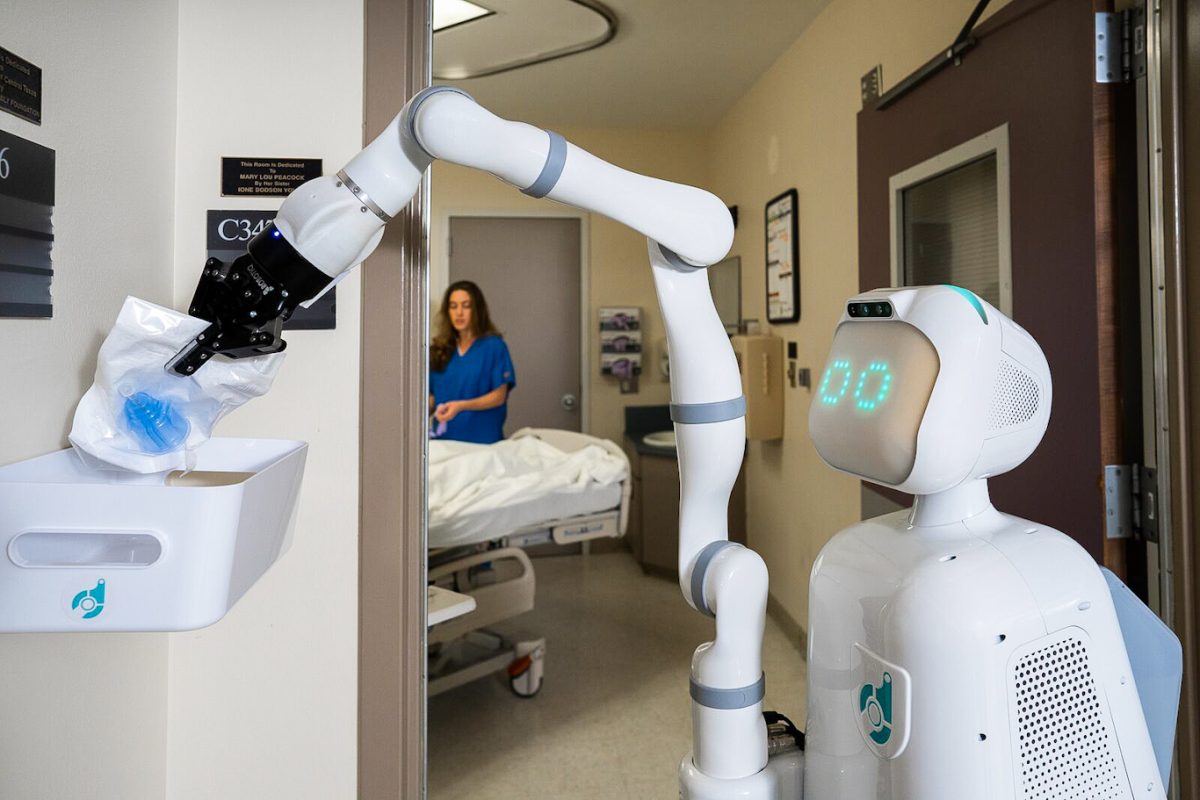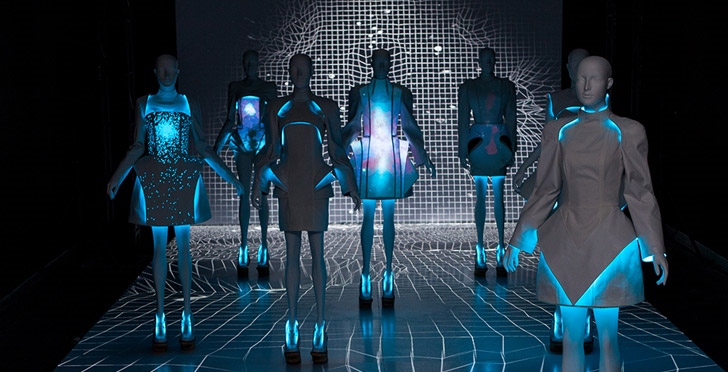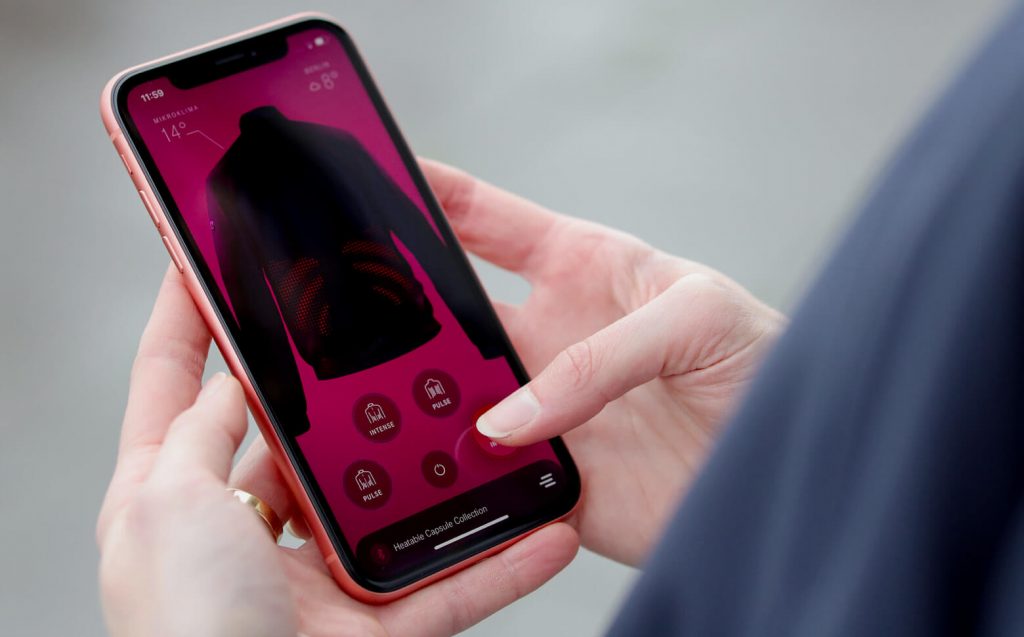Technology is bringing a wide variety of opportunities to the healthcare system. Robots and technical assistance systems are already helping in some countries with the daily care of patients. The connection of many other, everyday things make the everyday work of nursing staff much easier. Networking creates more security and can provide insights that would not be possible without it.
Improvements in the area of healthcare are urgently needed. Fewer and fewer people are taking a job in this area and the pandemic has shown in many countries how bad the healthcare systems were prepared for such dangers. At the same time, the population is getting older and the demands on healthcare are increasing.
Concentrating on the essentials
Much time in care is spent on documentation. Often, the patient files are still written by hand, indicating which services were provided and which medication was given. The time it takes to do this could be used much more efficiently. When robots that are used for healthcare are connected to the internet and their sensors provide valuable data, routine tasks become much easier or even taken over completely.
The digital hospital bed
A hospital bed that is digitalised also provides effective support for the healthcare area. Prevention of bedsores becomes easier with a bed that is online. The sensors under a mattress could detect how long a patient has been in one position and send a signal to the nurses when it has been too long. This requires real-time monitoring of the lying position, which at the same time also provides data on the quality of sleep. In the care of the elderly, many smaller, everyday necessities are made easier by networked objects. Regular taking of medication is registered by the pill box and, if necessary, it reminds you of the allocation with an acoustic signal.
Bringing back human’s dignity
Respect for life and human dignity is one of the main goals of care. Robots in healthcare are one example of how the use of new technologies can serve humanity. Thanks to the achievements in medicine, the world population is getting older and older and the increasing need for nurses can hardly be addressed without new technologies. Robots must be key and allow the nursing stuff to have more time – time that is freed up for the actual service to people.
References:
Ajami, S., & Khaleghi, L. (2015). A review on equipped hospital beds with wireless sensor networks for reducing bedsores. Journal of research in medical sciences : the official journal of Isfahan University of Medical Sciences, 20(10), 1007–1015. https://doi.org/10.4103/1735-1995.172797
https://www.intel.com/content/www/us/en/healthcare-it/robotics-in-healthcare.html



